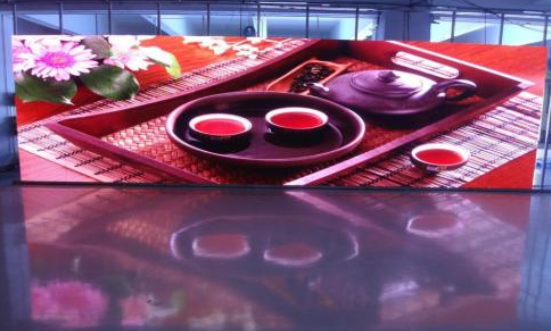How does the LED display respond to the harsh outdoor environment?
Outdoor LED displays are used for outdoor advertising and have much higher requirements in terms of environmental conditions compared to general displays. During operation, outdoor LED screens are often affected by harsh weather conditions such as high temperatures, typhoons, heavy rain, and lightning. To ensure the safety and stable operation of these displays in adverse weather, it's essential to implement proper precautions. The following sections will introduce effective measures to protect outdoor LED displays during bad weather.

First, heat protection is crucial. Outdoor LED displays usually cover a large area and consume significant power, which leads to substantial heat generation. In high-temperature environments, poor heat dissipation can result in overheating and potential short circuits on the circuit boards. To address this, manufacturers should ensure that the circuit boards are in good condition. When designing the casing, a hollow structure can help with heat dissipation. During installation, it’s important to ensure proper airflow around the display. Additional cooling equipment, such as air conditioners or fans, can be added when necessary to maintain safe operating temperatures.
Second, typhoon resistance is another key consideration. Depending on the installation location, outdoor LED displays may be mounted on walls, embedded into structures, placed on columns, or hung from ceilings. During typhoon season, the steel frame supporting the display must be strong enough to prevent the screen from falling. Engineering teams should follow strict typhoon-resistant standards during design and installation. Additionally, the structure should have seismic resistance to avoid accidents that could lead to injuries or even fatalities.
Third, storm protection is essential, especially in regions with frequent rainfall. The LED display itself must have a high level of waterproof protection to withstand rain exposure. In outdoor settings, the display should meet at least an IP65 rating. Modules should be sealed with glue, and waterproof boxes with rubber seals should be used to connect modules and enclosures, ensuring water does not penetrate the system.
Fourth, lightning protection is critical for outdoor LED displays. There are four main aspects to consider:
1. Direct lightning protection: If the display is not within the protective range of nearby tall buildings or lightning rods, additional lightning rods should be installed at the top or near the steel structure.
2. Inductive lightning protection: Install 1–2 levels of power surge protection for the power system, and use lightning protection devices on signal lines. The power system in the equipment room should have three levels of protection, and a signal lightning protection device should be placed at the signal input/output point.
3. Shielding: All LED display cables (power and signal) should be grounded and shielded to reduce interference.
4. Grounding: The grounding system of the front end of the outdoor LED display and the equipment room should meet the system requirements. Typically, the front-end grounding resistance should be less than or equal to 4 ohms, while the equipment room grounding resistance should be less than or equal to 1 ohm.
By implementing these protective measures, outdoor LED displays can operate safely and reliably, regardless of the weather conditions they face. Taking these steps ensures long-term performance and minimizes the risk of damage or failure due to environmental factors.
Surge arrester is also called over-votage protector and over-volage lmiter. t is connected im paralle to the front end of the protected couipmen,. Whichprolects other clectrical equipment from lightning over-voltage, operating over-voltage, and power frequency transient over-voltage impac.
Composite Arrester,Electrical Insulation Composites,Electrical Box Insulation Covers,Composite Line Post Insulator
Jilin Nengxing Electrical Equipment Co. Ltd. , https://www.nengxingelectric.com